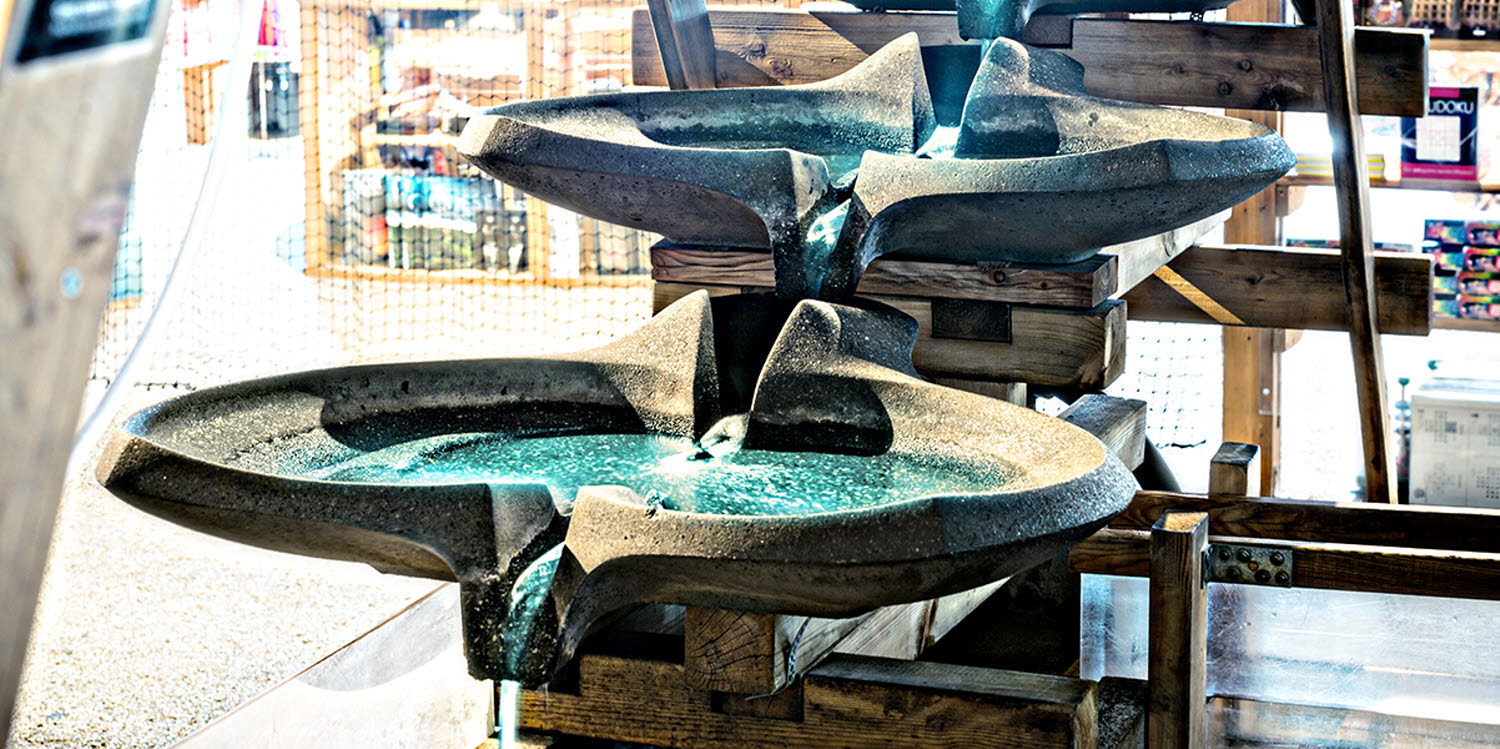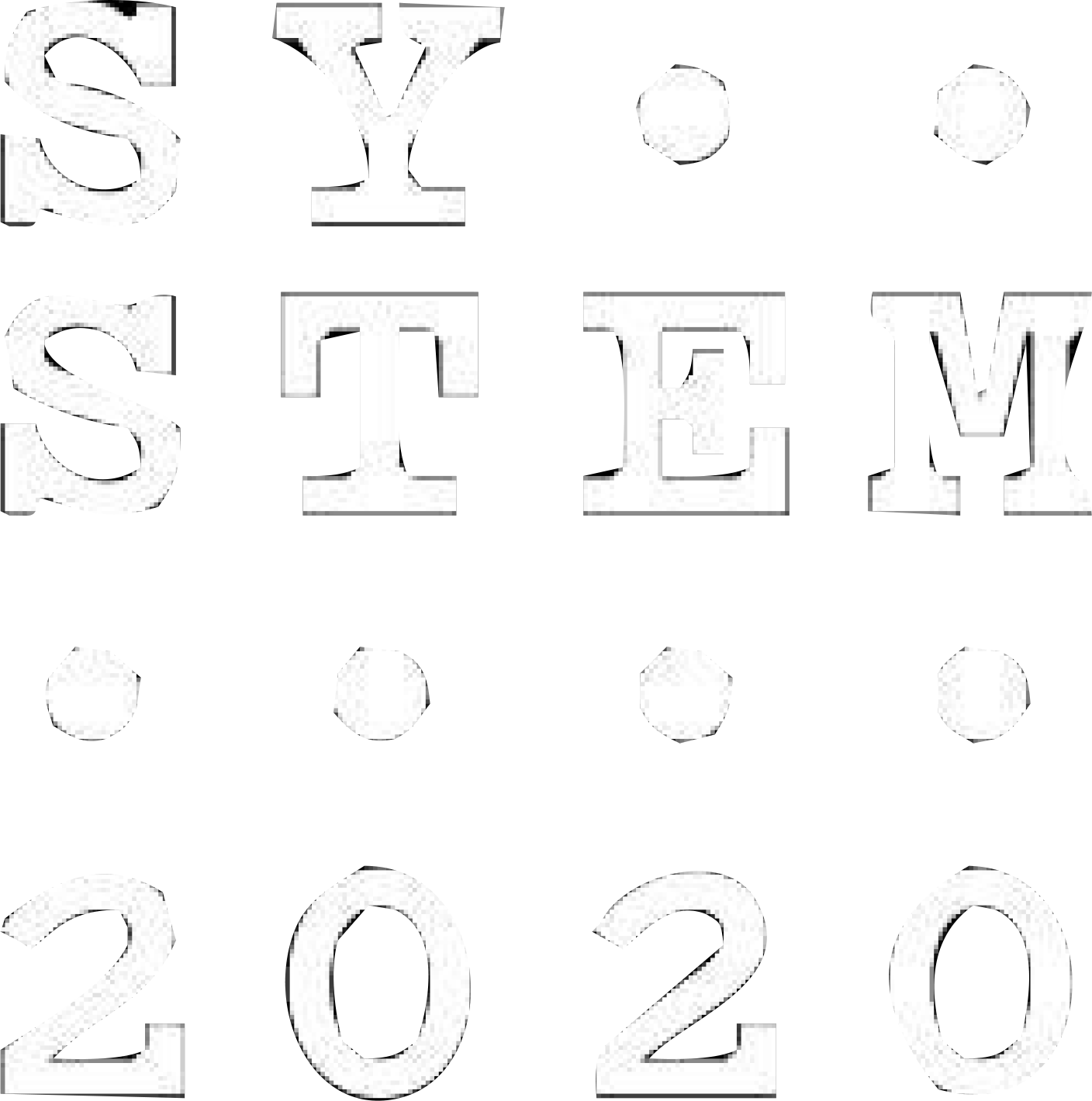
Water staircase
Did you know that there are staircases for water? This simple design does many good things for water, just as we become healthier by running up and down stairs.
The shape of the Water staircase makes the water flow in a figure eight before the water continues down to the next level. The movement aerates the water, which improves its quality.
There are at least 40 different water staircase models, each designed for a specific purpose. This type is used both to aerate the water and collect sludge from it in sewage plants. The function of the staircase determines how much water that runs through it and the depth of the bowls. If the bowls of this staircase were deeper and the water flowed more rapidly and in greater volumes, it would only aerate the water.
How does a regular sewage-treatment plant work?
Mechanical cleaning
Most sewage-treatment plants use mechanical cleaning. The mechanical cleaning may be done in several steps:
- Bar screen:In this step, all larger objects are removed from the waste water. The screens often have three-millimetre gaps.
- Grit chamber:In a large tank, particles that have slipped through the bar screen sink to the bottom. These could be things like sand and coffee grounds.
- Preliminary sedimentation: In this step, chemicals are added that make the pollutants clump together and sink to the bottom. The resulting sludge is pumped out of the basin from the bottom.
Biological purification
The biological purification step is designed to primarily remove oxygen-consuming materials from the water in the form of organic material that has not been fully decomposed. To purify the water biologically, you let micro-organisms naturally break down the oxygen-consuming materials. The same breakdown happens in nature, but the process is much shorter in the plant since the growth of the micro-organisms is stimulated by a large supply of oxygen. To get this, you blow oxygen into the waste water. The micro-organisms sink to the bottom of the basin in the form of sludge. This process usually takes 5–7 days.
It is also possible to purify the water biologically by allowing the waste water to seep through a bed of rocks or plastic material covered by a thin layer of micro-organisms.
There are also bacteria that turn nitrates in the water into molecular nitrogen. Nitrogen in the water that causes eutrophication is thereby transformed into nitrogen in the air.
Chemical purification
The chemical purification removes phosphorus from the water. If large amounts of phosphorus are released into nature, it causes eutrophication. The purification is done by adding a chemical to the water that reacts with the phosphorus, making it clump together. The clumps become heavy and sink to the bottom where they become sludge. This can then be pumped out of the water.
Now the water has been cleansed of "natural pollutants" and can be released into nature again.









